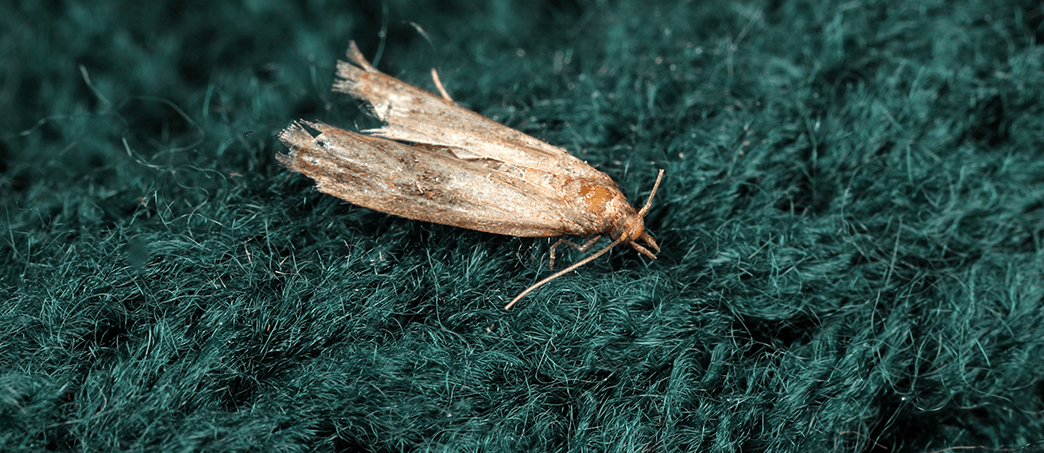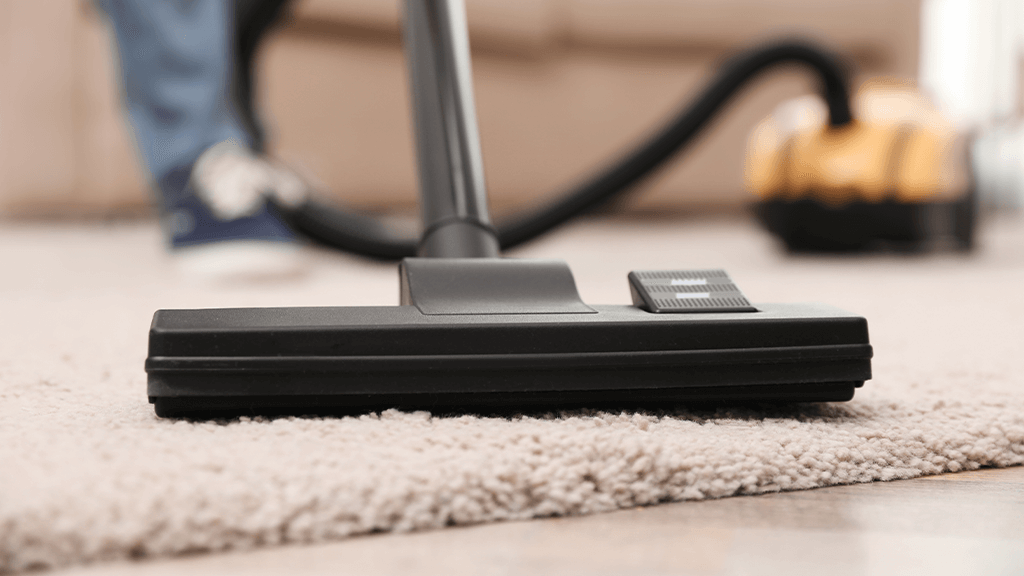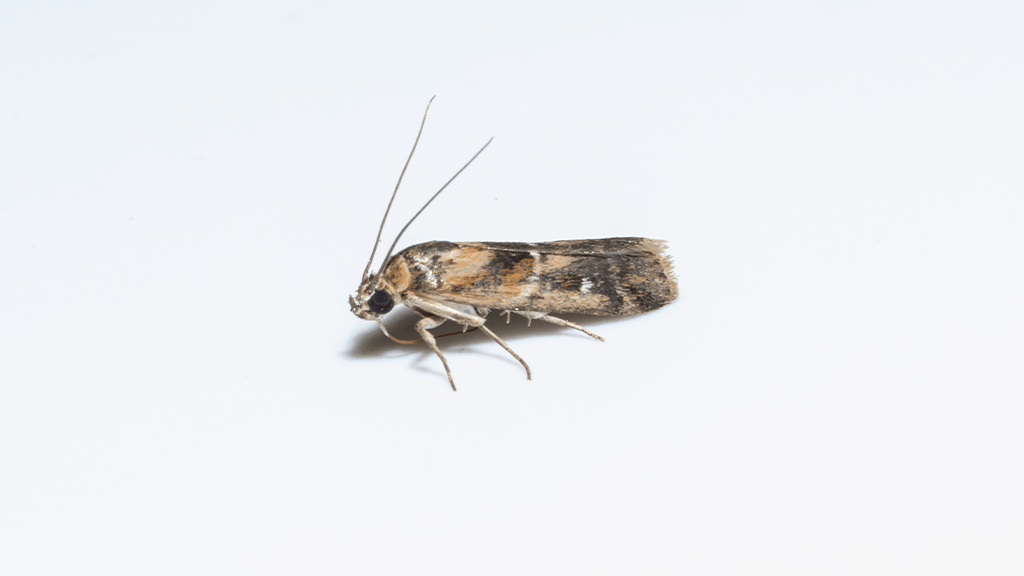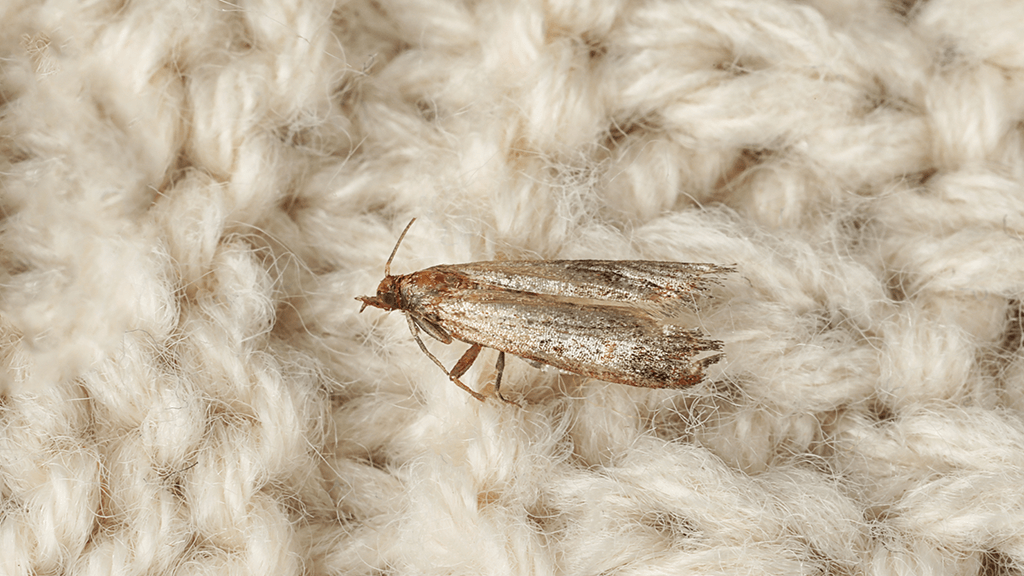How to Control Closet Moths

If you’ve recently reached into your closet to pull out your favorite sweater only to discover it punctured with unsightly holes, could closet moths be the likely offender? Here’s all you need to know about how to identify these fabric-chomping insects, and what you can do about them.
WHAT ARE CLOSET MOTHS?
Closet moths are the bane of anyone’s beloved wardrobe. They feed only on natural and animal-based fibers like wool, leather, silk, felt, fur, and feathers, meaning their taste for the finer things in your closet can really cost you.
While closet moths rarely have their sights on synthetics, these fabrics can still attract them when blended with natural fibers such as wool or when soiled items are tucked away without a good cleaning. Closet moths don’t just stop for a bite in your closet, however, and can wreak havoc on your furniture, carpet, bedding, shoes, rugs, or other housewares.
IDENTIFYING CLOSET MOTHS
Made it your mission to locate and oust the pests munching through your best attire? Look no further.
There are two common types of closet moths: the webbing clothes moth and the case-making clothes moth. Both span just under a half-inch and tan or golden bodied with fringed wings. The dark-spotted wings of a case-making moth distinguish it from the more common webbing moth.
A lack of moth sightings around the house doesn’t mean they’re not lurking about. Unlike other light-seeking moths, closet moths are nocturnal creatures who are skilled at existing unseen in the dark.
It may surprise you to learn that adult moths are not at the helm of the destruction. Fully matured closet moths outgrow the functional mouthparts required to feast on fibers—it’s the larval stage to look out for. Closet moths can lay up to 50 eggs at a time, most often in hidden spaces on fabric such as under collars, cuffs, and in crevices. Damage to clothes is most likely to be near the egg hatch site.
While the larvae themselves are nearly identical between types, case-making clothes moth larvae create portable, silken cases that house them wherever they go, while webbing moth larvae use fibers to spin silken webs or tubes in their wake. If you don’t spot these tiny caterpillar-like bugs themselves, you might find these cases, webs, or even their small eggs or crumb-like feces on fabric surfaces.
WHERE DO CLOSET MOTHS COME FROM?
They may have been lurking in an old fur rug stored in the cellar. They may have found their way in hitchhiking with another pest. Closet moths and their larvae are small, so it may be difficult to discover their exact entry point. Once they’re in, they’re likely found in seldom trafficked areas such as the corners of a closet, dark basements, or inside boxes full of stored blankets. They’re even known to dwell near baseboards, vents, or other spots where hairs, pet fur, or lint accumulates.
Because they prefer to exist undisturbed, uncovering their hiding spots might take some digging. Clothes moths are most likely squatting near an abundant food source, but that spot must also be away from obvious light sources. Grab a flashlight and you might uncover them in spots such as air ducts, under carpet edges, on closet shelves, and under or within upholstered furniture. You’re more likely to find signs of eggs or larvae parked on edible fibers than to spot adult moths fluttering around. Take care when inspecting fabric, as the larvae ingest dyes from fibers which may color their feces and make signs of their presence tough (but not impossible) to spot.
HOW TO GET RID OF CLOSET MOTHS
Once you’ve caught the signs of a closet moth infestation, seal off the area and get to work. These simple steps will help to keep those hand-me-downs safe from further damage.

1. DEDICATE A WASH DAY
Moth larvae are attracted to soiled clothes. They’re big fans of full-blown food stains, but they’re also interested in sweat, natural oils, and scents that come from wearing clothes. Be sure to keep clothes fresh before storing, and double-check the items already hanging in your closet to make sure they don’t need a good run through the washing machine.

2. SUCK THEM UP
One of the simplest and quickest fixes is to fire up your vacuum and use it on any affected areas, then continue cleaning surrounding garments and nearby places for good measure. Many light infestations are just a few vacuum sweeps away from being handled. Just be sure to dispose of the bag far away from your wares lest you have an accidental reinfestation on your hands.

3. USE EXTREME TEMPERATURES
Closet moth eggs and larvae can be eradicated by washing damaged garments in very hot water or by handing them off to a dry cleaner. This also works in the reverse: vulnerable items can be bagged and placed in the freezer for a minimum of 72 hours. Larvae and any eggs will be killed, and items can then be properly cleaned.

4. PRACTICE GOOD STORAGE
Your heirlooms deserve a proper storage solution. Find an airtight storage container such as a sealed bag, chest, or box to keep cherished items secure. Examine closets and wardrobes and seal off potential entry points, sending these fabric-destroying pests seeking refuge elsewhere.

5. UTILIZE REPELLENTS
Just as moths are attracted to what you’re offering in your closet, they can be repelled as well. Many homeowners have found luck using natural materials like cedar oil to repel and kill larvae, though research on their efficacy is mixed. When using over-the-counter crystals, mothballs, or other repellents, take care to read and follow label instructions carefully. Not all products are approved for use on fabric, and mothballs are harmful to pests and humans alike. Mothballs, if used, should never be placed in a plastic container.
A closet moth invasion, while destructive, doesn’t have to mean the downfall of your wardrobe. Catching the signs early can prevent any further damage and get you set up on a path toward eradicating them for good. If an infestation is more than you can handle, consider contacting a pest control expert for help in banishing these bugs. They’re trained to effectively handle all levels of invasion and can help you enjoy peace of mind regarding your well-loved items for many years to come.



